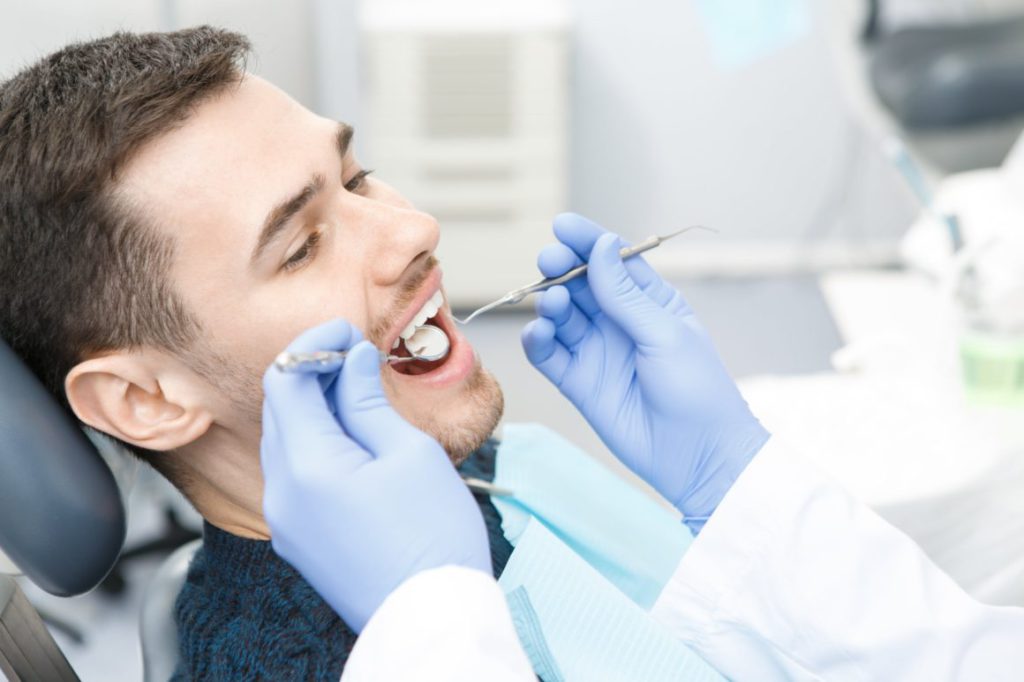
Pulpitis is a disease that leads to inflammation of the neurovascular bundle (pulp) of the tooth. Usually this disease appears when caries is running, when hard tissues are completely destroyed, and carious cavities open to various microorganisms. These microorganisms cause the inflammatory process.
Treatment Methods
Depending on the stage and severity of the course of the disease, a biological or surgical method of treatment can be used. To choose between them, the doctor conducts a diagnosis and an initial examination. In addition, each patient receives an individual course of treatment.
The biological method is prescribed in the initial stages of pulpitis. The main goal of this method is not only the elimination of the inflammatory process, but also the complete preservation of the pulp. It is especially important to preserve the root of the baby tooth, as it will affect the proper formation and development of the jaw.
With biological treatment, the dentist first carefully examines the carious cavity, then treats it with antiseptics and antibiotics and closes it with a special bandage. In the absence of complaints, the cavity is filled with dental mineral paste, which contributes to the active development of dentin. For a week, the cavity is closed with a filling, and at the final stage, the crown part of the tooth is sealed.
The surgical method of treatment is used if the biological one turned out to be powerless. If the pulp can be saved, then it is partially removed. If not, completely. After that, it is recommended to carry out prosthetics, since without the pulp the tooth will become short-lived.
Comprehensive treatment of pulpitis includes the following steps:
- Anesthesia and anesthesia;
- Preparation of carious cavities;
- Pulp removal surgery. Tissues can be removed both partially and completely;
- Treatment of tissues with antiseptics and medicines;
- Root canal filling installation;
- Crown installation.
To understand which particular method of treatment is more suitable for you, you need to undergo an initial examination and diagnosis by a dentist. Only after the examination it will become clear at what stage the disease is, and whether it is possible to get rid of it in conservative ways. One way or another, a visit to the dentist is mandatory, otherwise the disease will progress further and cause even more damage to the health of the oral cavity.
